2025 Sales Tech Stack Guide for B2B Startups
Every B2B startup requires the right sales tech stack to accelerate prospecting, build meaningful relationships, and drive conversions without burning resources. But how exactly do you pool the right tools together?
In this article, you will learn about the right sales tech stack for your B2B startup. From finding qualified leads to automating cold outreach, following up, and tracking deals, these tools give you leverage that helps you stay ahead of the competitive curve. Let’s get into it.
What is a B2B startup sales tech stack?
A B2B startup sales tech stack refers to the carefully chosen set of software tools and platforms designed to support and speed up the entire sales process, specifically for business-to-business startups.
Unlike larger, established companies, B2B startups operate in environments of rapid growth, limited resources, and high uncertainty. They provide flexibility and scalability to adapt quickly as the company evolves.
A B2B startup sales tech stack often comprises these core components:
- Prospecting: They’re designed to identify, engage, and convert potential customers.
- Visitor identification: They identify visitors who land on your website.
- Sales engagement: They automate and personalize interactions to build meaningful relationships.
- CRMs: They centralize information and manage all aspects of customer interactions, whether current or potential ones.
- Appointment scheduling: They automate and help to book more meetings to increase the chances of closing deals.
Why do startup founders need a sales stack?
For early-stage sales growth, having the right tools in place is crucial as they provide the infrastructure needed to maintain consistent communication with prospects. Here are some reasons why startup founders need a sales stack.
Benefits of a tailored sales stack
A tailored sales stack offers various benefits for B2B startups, which include:
1. Saving time
Startups often struggle with manual tasks that consume precious sales team hours, such as logging calls, sending follow-ups, and managing contacts. For small teams, this workload drains energy and slows growth, leaving little time for building relationships and closing deals.
A tailored sales stack automates these repetitive processes, scheduling outreach, triggering follow-ups, and running email cadences. This frees founders and reps to focus on sales conversations and negotiating deals.
2. Better targeting
Targeting the right prospects is another hurdle many startups face. Without clear data or segmentation strategies, sales teams often end up chasing unqualified leads or casting too wide a net. This lack of focus wastes time, stalls momentum, and can even leave a poor first impression on the market.
With the right sales stack, targeting becomes sharper and more intentional. Data-driven tools help founders zero in on prospects that actually fit their ideal profile, ensuring outreach feels relevant and timely.
3. Improving efficiency
Without repeatable systems and real-time visibility into pipeline progress, sales managers struggle to identify bottlenecks or coach reps effectively. This patchwork approach creates bottlenecks and stalls growth.
A well-built sales stack turns that chaos into order. With smoother workflows and clearer insights, startups close deals faster, improve conversions, and build the kind of predictable revenue growth investors love.
4. Scaling faster
When startups grow, there is a need to scale processes. Manual outreach can’t keep up with rising lead volume, and messy data creates confusion instead of clarity. As demand increases, so do the risks of missed follow-ups, duplicated efforts, and inconsistent customer experiences.
A sales stack changes that issue by automating repetitive tasks, syncing data across tools, and supporting higher outreach volumes without extra strain, which makes growth sustainable.
Founders can handle more leads, speed up deal cycles, and expand capacity without sacrificing quality, turning scaling from a stumbling block into a competitive advantage.
5. Automated outreach
Managing inboxes, drafting follow-up sequences, and tracking countless touchpoints demand time that could otherwise be spent meeting with prospects or refining product-market fit.
Automation changes that. With sequences running in the background, leads are nurtured consistently, and no prospect is left hanging. This frees founders to invest their energy in building meaningful relationships that increase the chance of driving increased revenue.
What are the best AI sales tools for startup founders in 2025?
Scrolling through so many types of tools and deciding which ones you actually need can be a little overwhelming. To prevent this, here are nine tools that make up a sales stack for startup founders. For context, we categorized them into three groups — sales prospecting tools, sales engagements, and CRMs.
Prospecting
1. LinkedIn Sales Navigator

LinkedIn Sales Navigator is a sales prospecting solution designed to help you discover and engage decision-makers more effectively. With its smart alerts & insights, you get proactive notifications like job changes, company updates, or shared content from saved leads so your outreach can be timely and relevant.
These empower founders to initiate thoughtful, well-timed conversations that cut through LinkedIn noise. Sales Navigator gives founders powerful ways to pinpoint their ideal prospects with precision. You can filter by company size, industry, geography, seniority level, and even recent job changes, unlocking more targeted outreach opportunities.
The platform also employs AI to suggest leads and companies similar to the ones you're already engaging with or have saved. This continuous discovery engine helps prevent your pipeline from drying up and ensures you're always targeting relevant prospects.
Pricing: LinkedIn Sales Navigator’s pricing plan starts at $99.99/month
2. Ocean
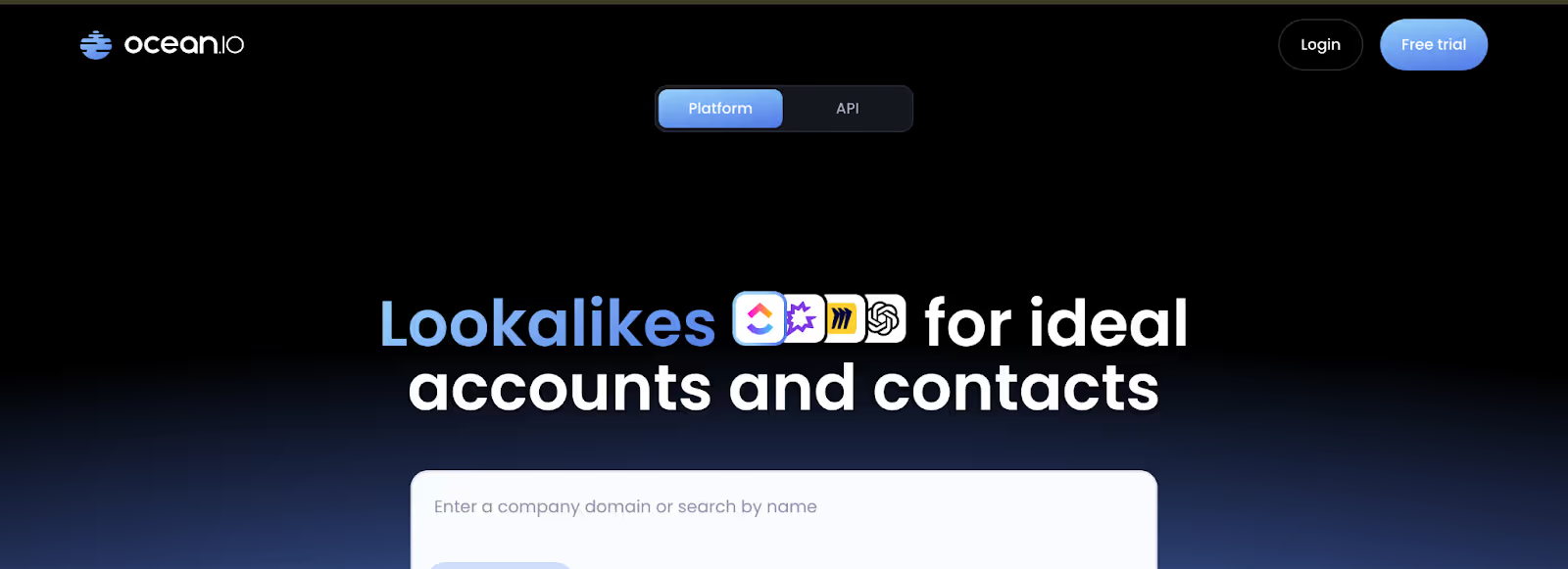
Ocean.io is another AI-powered B2B prospecting platform designed to help GTM and sales teams pinpoint the perfect accounts and contacts. It uses advanced lookalike search, drawing on rich, AI-curated firmographic and technographic data to generate high-quality lead lists.
This lets founders scale lead generation quickly by targeting the right audience, even within niche industries, using granular filters such as industry tags, team size, tech stack, revenue, and more. The platform integrates smoothly with CRMs like HubSpot, Pipedrive, and Salesforce, and is built to move faster by actively organizing and normalizing its massive dataset.
Pricing: Ocean’s pricing plan starts at $79/month
3. Expandi

Expandi, a cloud-based LinkedIn automation platform built for outbound prospecting. it helps scale outreach safely without needing to keep a Chrome extension running.
It enables you to craft behavioral automation sequences, blending up to 10 actions with conditional logic.
This human-like automation boosts connection rates and engagement. The platform also offers detailed campaign analytics, A/B testing, and tracking of replies, enabling rapid optimization.
Pricing: Expandi's pricing plan starts at $99/month.
Visitor identification
4. RB2B
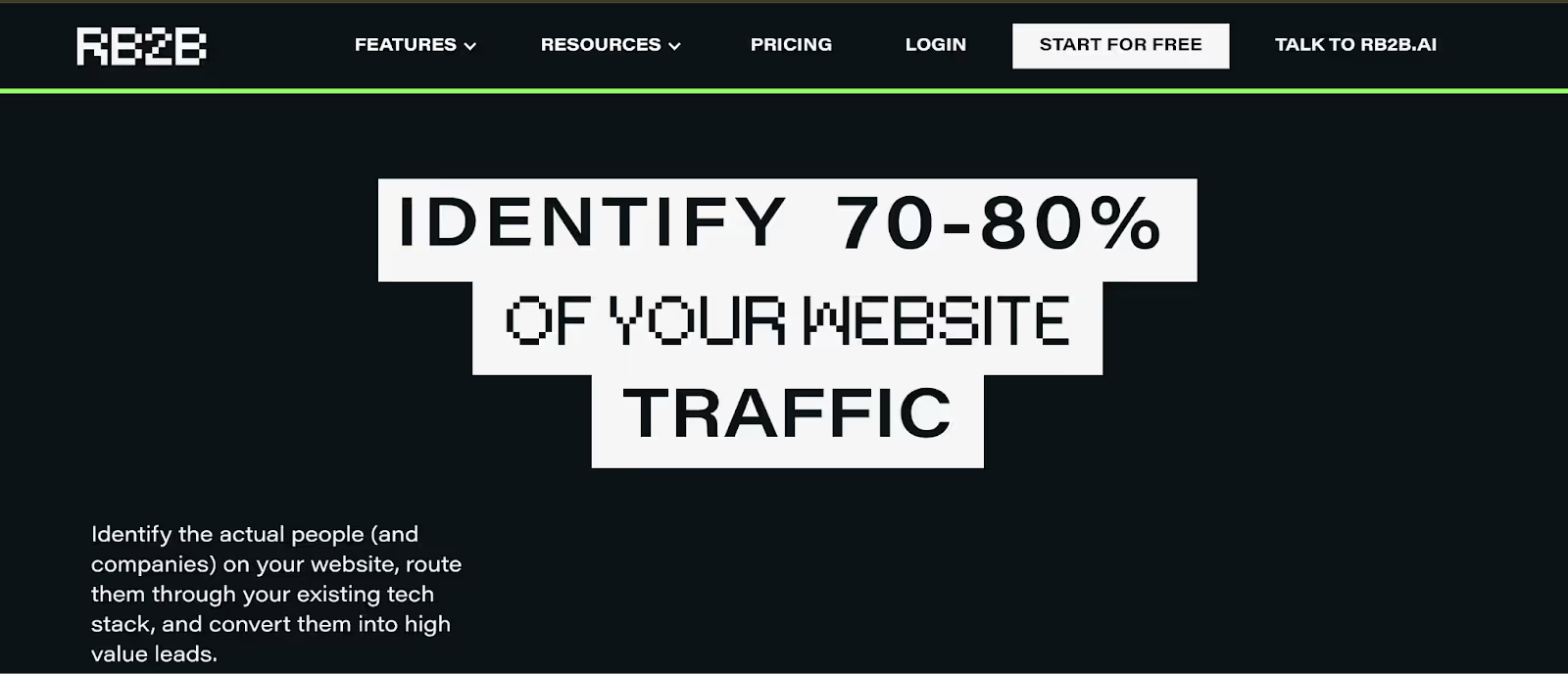
RB2B is a perfect choice for identifying visitors who land on your website. All you need to do is install the platform’s pixel into the header of your site and connect to Slack to receive information on who visits your website.
This lets you identify actual people and companies landing on your website so you don’t miss out on any potential revenue opportunities. However, note that it only limits identification to US-based visitors.
Pricing
RB2B’s pricing plan starts at $149 per month.
5. Common Room

Renowned for uncovering intent signals, Common is another ideal choice. You can view about 50% of the people and companies that land on your website. Unlike RB2B, you can also leverage its waterfall enrichment feature to unveil their email addresses and other relevant information.
You get real-time alerts that let you seize these opportunities and transfer them to any preferred platform with its vast native integration. However, unlike other tools, Common Room is quite pricey, making it unsuitable for small businesses.
Pricing
Common Room’s pricing starts at $1,000 per month.
Personalization
6. Clay
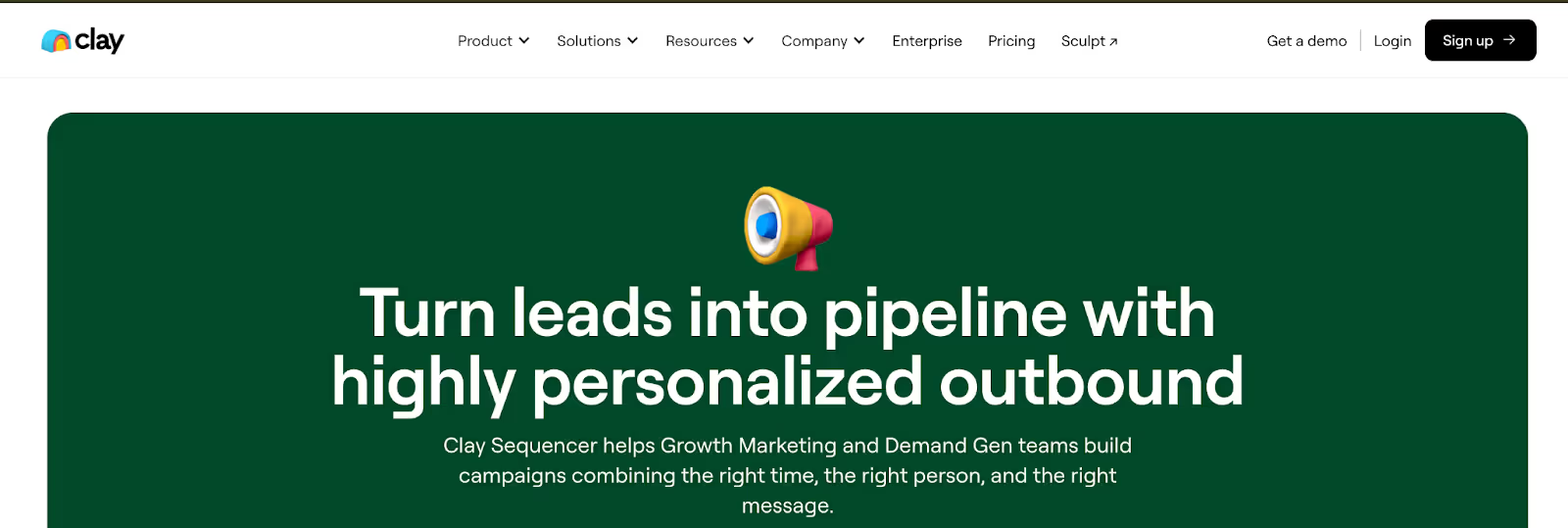
Your cold emails don’t have to sound generic and unpleasant. Leverage Clay’s sequencer to craft personalized messages that resonate with your prospects. With the right data and intent signals, you can create a custom message tailored to each lead and push out to your preferred outreach platform.
Pricing
Clay’s pricing plan starts at $149 per month.
7. Twain
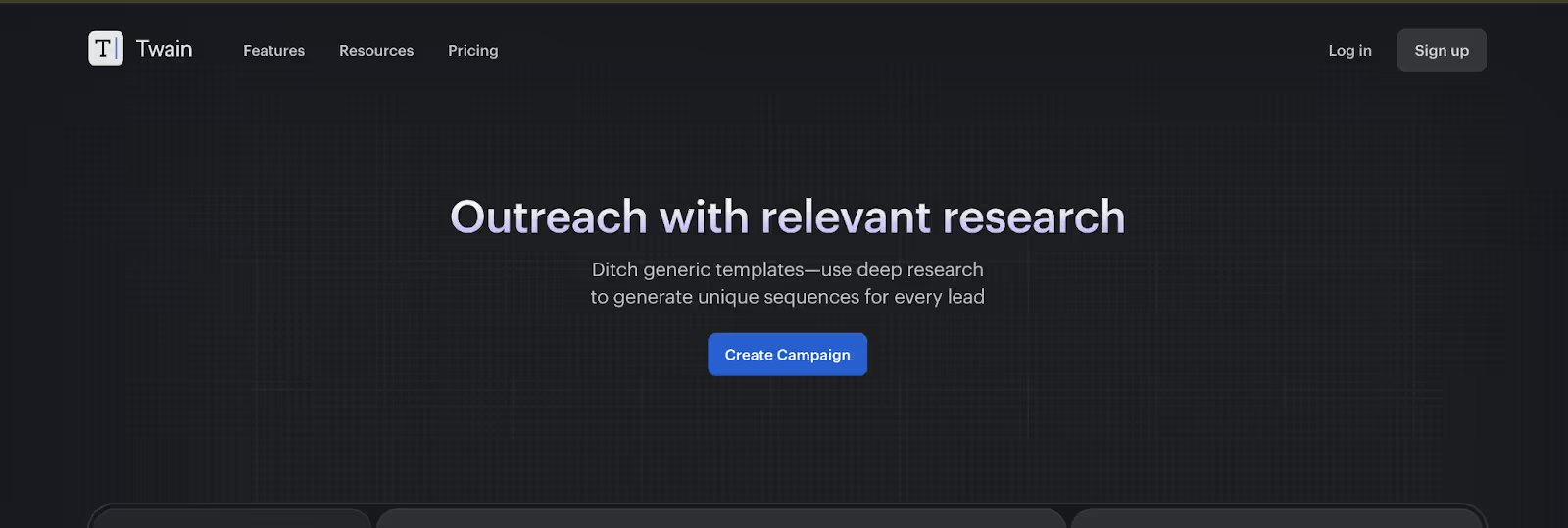
If your choice is a dedicated platform for sales copies, Twain is perfect. It lets you craft personalized messages at scale for each lead. All you have to do is define your ICP, upload your lead list, specify the kind of tone and voice you’d like, and it’s done.
What makes Twain stand out is its deep research on your leads to deliver an accurate, resonating message for each lead. In fact, you don’t have to worry about outdated data. The platform syncs new buying signals for each lead to provide accurate, engaging messages.
Pricing
Twain’s pricing plan starts at $185 per month.
Outreach
8. Lemlist

Lemlist is an AI-powered email automation and multichannel outreach platform designed to help startups and small teams run personalized cold campaigns at scale. The tool supports custom text variables, image personalization, and even AI-generated content, which enables creators to build highly relevant, attention-grabbing messages.
Beyond email, Lemlist’s higher-tier plans enable true multichannel outreach. You can extend campaigns to LinkedIn (connection requests, message sequences), cold calling (via Aircall), LinkedIn voice notes, and even custom landing pages. Campaigns can include advanced conditional steps like branching based on recipient behavior so your outreach feels timely and responsive.
The built-in warm-up tool (Lemwarm) also improves deliverability by gradually warming email accounts before sending campaigns in order to reduce the risk of spam filters.
Pricing: Lemlist’s pricing plan starts at $99/month
9. Instantly

Instantly is an AI-driven cold email automation and lead engagement platform built for founder-led sales and scaling teams. It provides a unified solution to find targets, automate personalized outreach, manage ROI-focused campaigns, and maintain high deliverability all in one place.
Users can connect unlimited email accounts, with automated warmups that build sender reputation and ensure cold outreach lands in primary inboxes. They can get intelligent, adaptive outreach that optimizes and a management UI that keeps responses organized, so nothing gets missed on the path to closing deals.
Pricing: Instantly’s pricing plan starts at $47/month
10. Woodpecker
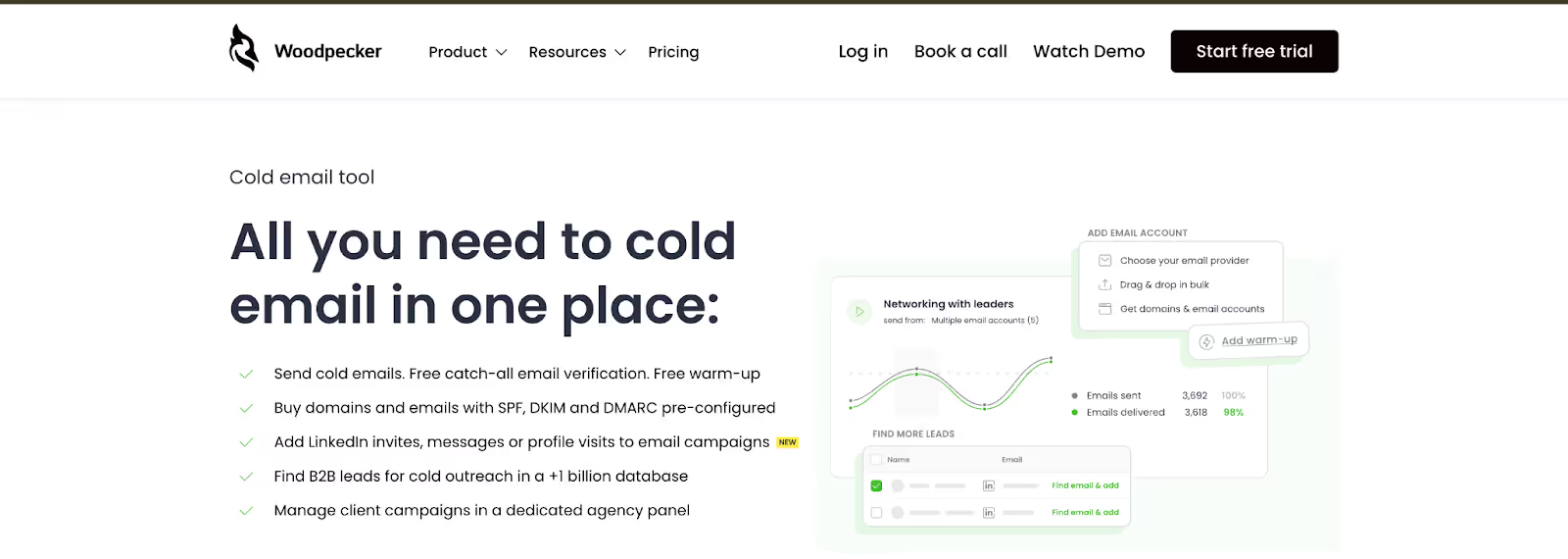
Woodpecker goes beyond simple automation by prioritizing inbox placement. What makes the tool stand out is how intelligently it handles deliverability. Take its Bounce Shield, for example. Users often underestimate the damage that can be caused by hitting a sending limit.
It suddenly emails land in spam, and your domain reputation takes a hit. Bounce Shield actively pauses campaigns before you cross those danger zones, protecting your sender reputation and ensuring outreach stays effective in the long run.
Then there’s the Deliverability Monitor, which works like a health dashboard for your cold email system. Instead of guessing whether your messages are reaching inboxes, you get real-time visibility into deliverability trends.
That means you can spot issues early, make informed adjustments, and keep your campaigns running smoothly. This attention to detail helps protect your domain and improve inbox placement, especially critical for small teams where maintaining email reputation is non-negotiable.
Pricing: Woodpecker’s pricing plan starts at $29/month
CRMs
11. Hubspot

HubSpot CRM is a cloud-based, all-in-one platform that brings sales, marketing, service, and operations into a unified ecosystem. With its prospecting-focused features, users can manage their leads and activities all in one spot, without switching tabs.
It also incorporates AI capabilities that integrate directly with HubSpot workflows to automate research, content generation, and lead outreach.
Pricing: HubSpot’s pricing plan starts at $99/seat/month
12. Salesforce

Salesforce offers a comprehensive suite of tools that not only help you manage customer relationships but also give you the insights needed to drive informed decisions and optimize your operations.
What makes Salesforce stand apart from others is its advanced solutions, which make it suitable for small and enterprise businesses. For instance, its lead and opportunity management feature lets you capture and track customer data from any source, making it ideal for users to manage pipelines.
Besides, its AI sales assistant software (Einstein AI) automates repetitive tasks and drives efficiency. For example, you can personalize messages at scale or forecast sales trends to make data-driven decisions that drive business growth.
Pricing: Salesforce's pricing plan starts at $25/user/month
13. Pipedrive
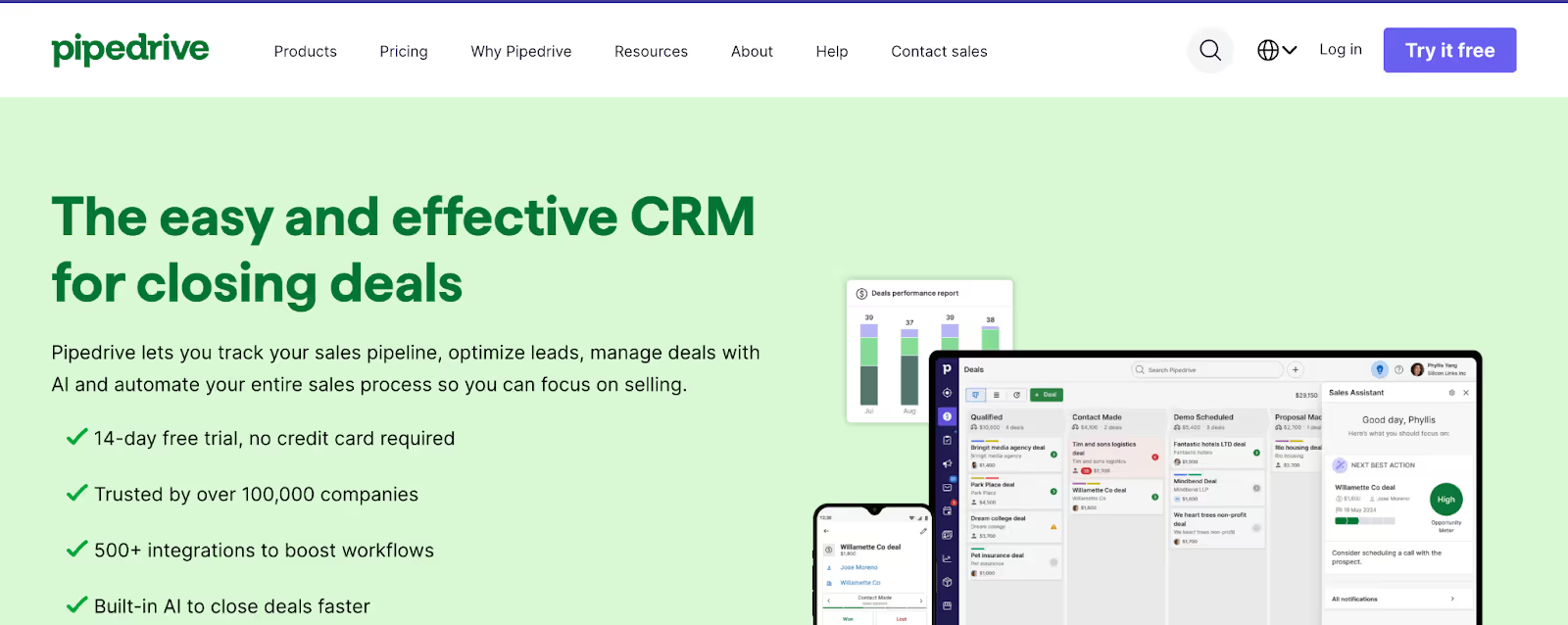
Pipedrive is meticulously crafted from the perspective of salespeople, built around intuitive pipeline visualization and automation. Its hallmark is its customizable, Kanban-style sales pipeline ideal for startups that need clarity and flexibility in their sales process.
Plus, it also empowers founders to automate repetitive tasks like follow-ups and lead routing using customizable workflow templates and activity triggers. This shortens your sales cycle to increase productivity and grow revenue.
Pricing: Pipedrive's pricing plan starts at $24/month.
Appointment scheduling
14. Calendly

Calendly lets you schedule meetings with ease. You don’t have to go back and forth with your prospects on your availability. All you need to do is customize your availability on the platform, send a link, and they will choose a day that works for both of you.
Pricing
Calendly’s pricing plan starts at $12 per month/seat.
15. Chili Piper

Our final option on the list is Chili Piper. With its ChiliCal features, you can set your availability and let your prospects book a call in one click.
The platform also functions beyond scheduling meetings. You can route leads, engage, and qualify them based on specific criteria. This makes it versatile for users who want to perform other sales operations without switching tabs.
Pricing
Chili Piper’s pricing plan starts at $45 per month.
Quick tips on selecting tools
Once you’ve determined that you need a specific software tool for your tech stack, the real challenge is choosing the right tools without wasting time or money. Here are a few quick main tips to guide your selection.
Company size
Selecting sales automation tools for a B2B startup often depends on team size. Smaller teams benefit from all-in-one platforms that combine CRM, outreach, and automation, avoiding tool overload. As the team expands, modular tools with strong integrations provide more flexibility and customization without overwhelming workflows.
Budget
Cost matters, but value matters more. Early-stage founders should start with affordable tools that deliver the biggest impact, often through scalable SaaS plans that grow with the business. Focus on ROI instead of big brand names to stretch the runway while still building sales momentum.
Goals
Clear goals make tool selection strategic. If the priority is faster prospecting, better personalization, or deeper analytics, choose tools that directly address those needs. The best sales stack is one that aligns with today’s objectives but adapts as the startup evolves.
How can AI tools boost your startup's sales process?
The next piece of the puzzle is how AI tools can supercharge the sales process for startups. Let's explain the role of AI in the following way:
Prospecting
AI tools can significantly enhance the sales prospecting process for startups by automating the identification and qualification of potential customers. Traditional prospecting often involves manually sifting through large databases and guessing which leads might convert, which is time-consuming and inefficient.
AI-powered prospecting tools then analyze vast amounts of data in real time, using machine learning and sales intelligence to spot high-intent prospects who fit a startup’s ideal customer profile.
Lead scoring
AI in lead scoring revolutionizes how startups prioritize prospects by using machine learning algorithms to analyze vast amounts of behavioral, demographic, and firmographic data. This automated scoring system helps startups focus their resources on high-priority leads, improving sales efficiency and conversion rates.
Rather than wasting energy on cold contacts, reps are alerted to hot leads whose behaviors and profiles show strong buying intent. The AI models also evolve through feedback loops, learning from outcomes to enhance accuracy.
Here is an example of how to score leads in Clay.
- In your Clay table, click “Actions.” Then, search “Score rows” in Clay.
- Next, input your scoring criteria. It could be one or four, depending on what you intend to score.
- Select the Value you want to score. This comes from the column in your Clay table. It could be job title, industry, headcount, and so on. For this example, we used “Job title”
- Input the comparison type. It could be numbers, contain text, or a mix of both with a boolean. For our example, we chose “Contain Text.”
- Next, input the keyword. This is optional. Since we chose text in the previous option, we input the relevant keywords relating to the job title — marketing manager and head of sales.
- Select the appropriate scoring number. At the end, you should have something that looks like the screenshot below.
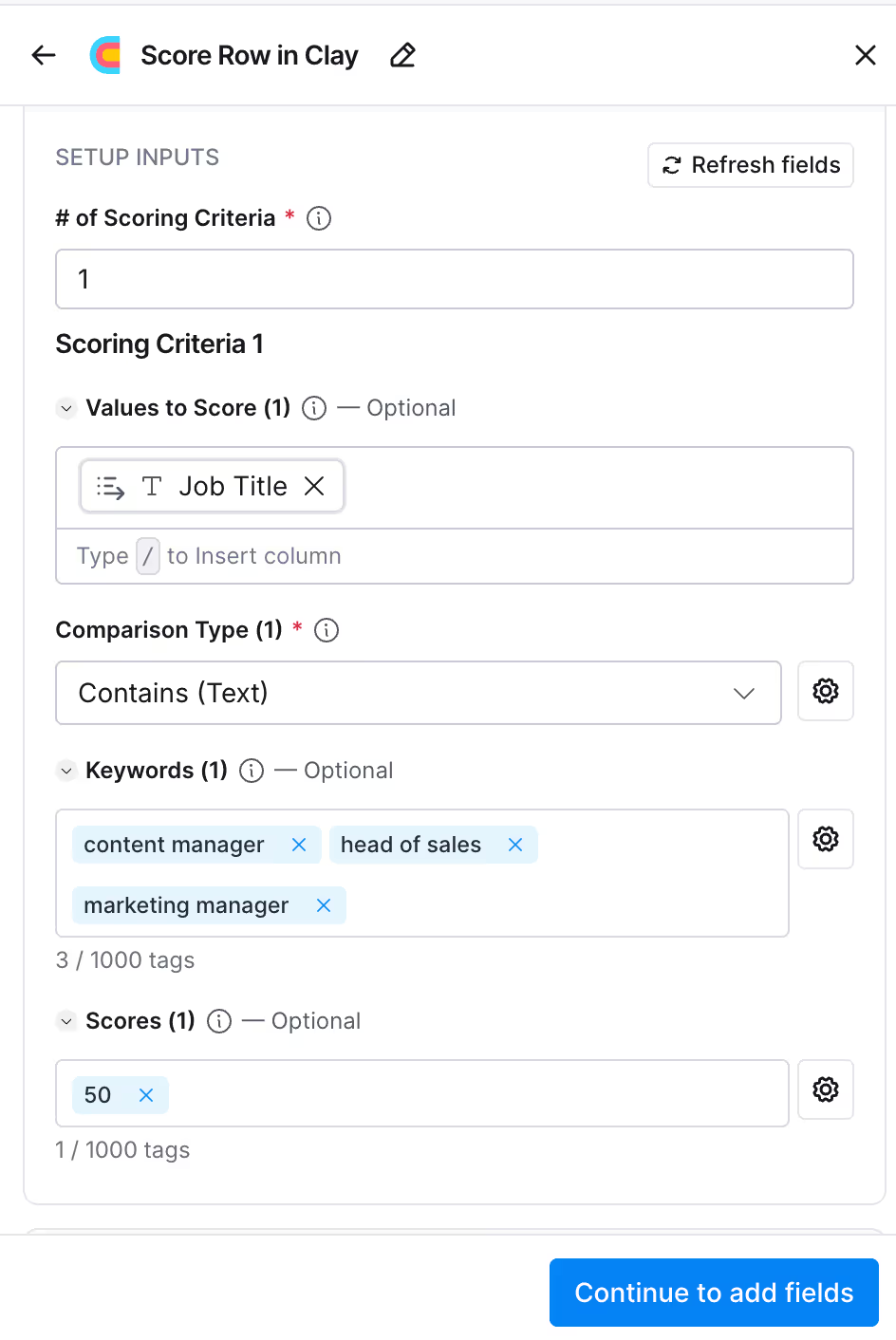
Email personalization
Again, AI-powered email personalization transforms sales outreach by structuring each message dynamically to resonate deeply with individual prospects.
Unlike generic mass emails, AI analyzes prospects’ behavior to craft emails that are genuinely relevant. This level of personalization, which was previously impossible to scale manually, captures buyer attention and drives engagement.
Data enrichment
Enriched data goes far beyond basic contact info, offering nuanced intelligence such as their contact information, professional histories, behavioral signals, and firmographic details.
AI tools create comprehensive, dynamic profiles that evolve with each interaction. This ensures sales reps always have access to the most current customer data, which enhances the relevance and timing of outreach efforts. Here is an example of how we enriched lead lists in Clay.
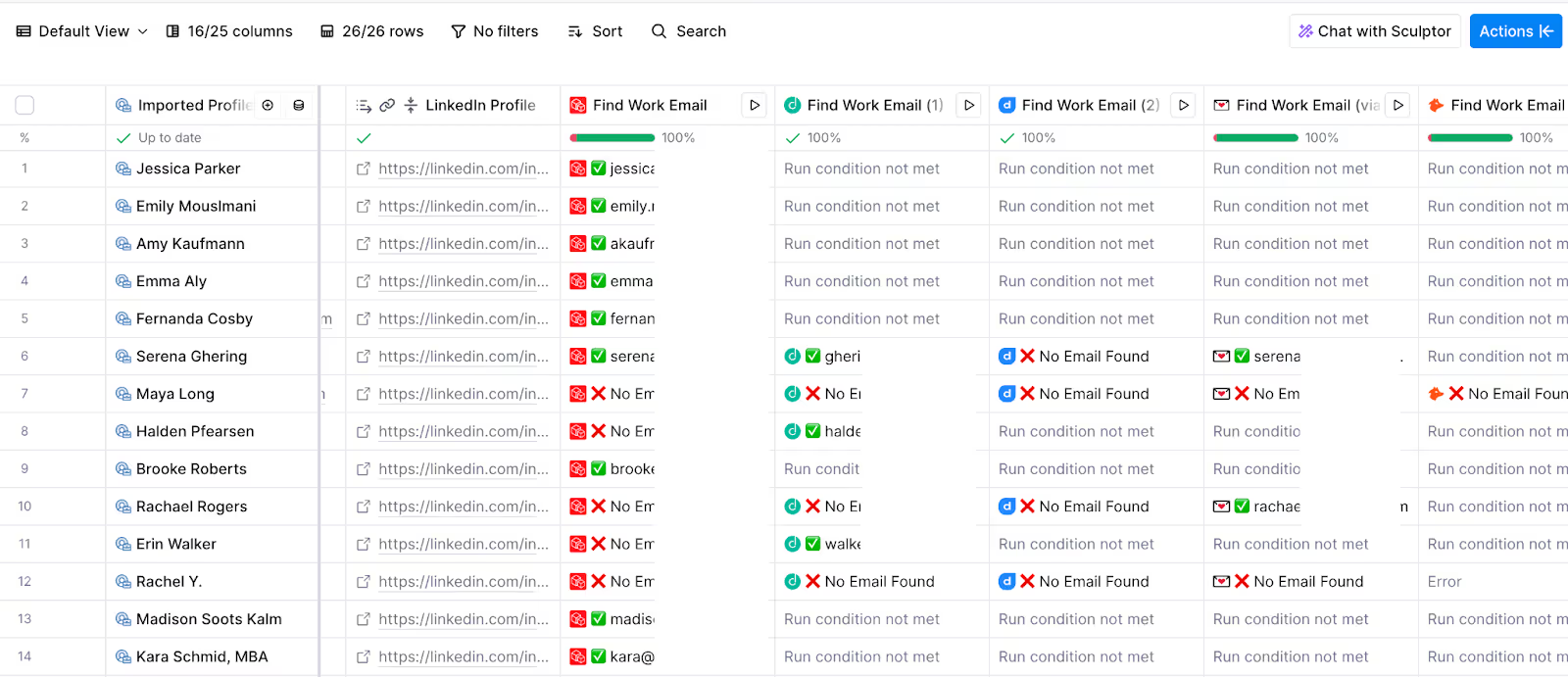
How to build your ideal sales software stack?
Building an ideal sales software stack involves a deliberate, step-by-step approach that ensures alignment with business goals and operational needs.
1. Consider and align with business objectives
The first step is to clearly consider and align the sales tech strategy with core business objectives.
For example, whether the startup aims to accelerate lead generation, improve sales cycle efficiency, or enhance forecasting accuracy, this clarity guides tool selection by focusing on capabilities that directly support those goals.
Without this alignment, there is a risk of investing in software that may look appealing but doesn’t have an impact on the company’s objectives
2. Assess needs

Next, assess the specific needs of the sales team and existing workflows. Map out the entire sales process end-to-end, highlighting pain points and gaps where technology can add value.
This assessment includes understanding team size, integration requirements with marketing or CRM systems, and the technical proficiency of users. By putting together what’s essential, a startup can avoid assembling tools they do not need.
3. Prioritize essential features
Not every feature will align with your team’s needs. That’s why you should only prioritize the essential ones, which leads to better performance and a more efficient process. Some essential features you should look for in your sales tech stack include:
- Intuitive interface: Is it easy to use and navigate?
- Automation capabilities: Does it automate repetitive tasks?
- Integrations: Does it connect with other third-party platforms easily?
- Reporting and analytics: Does it track performance?
Having these features in your tools helps to create a well-balanced stack that drives efficiency and maximizes ROI.
4. Iterate for continuous improvement
Your sales software stack should never be static, but continuously iterated upon. There should be a regular review cycle to collect feedback from sales reps and managers, analyze usage data, and evaluate whether tools keep pace with evolving business needs.
You must be ready to upgrade, replace, or add functionality as the company scales and objectives shift. This agile mindset ensures the stack remains effective and adaptable, avoiding costly technical debt or missed sales opportunities.
How does ColdIQ simplify startup sales prospecting?
Sales prospecting can be a bit challenging, especially when your team is not well-versed in the process. From finding leads to qualifying them, engaging and closing deals, you’d a lot of expertise to navigate it and get qualified leads. This is where ColdIQ appears in the picture. Sales
Our sales experts specialize in using outbound sales tools to find, engage, and convert qualified leads for your business. Additionally, we offer practical guidance to help your business select the right tools and build a scalable system that consistently delivers leads. That said, here is an overview of the services we offer:
- Audience research: We give you a questionnaire to have insights about your ICP. We also conduct independent research to understand their pain points and motivations.
- List building: From our research, we identify the ideal prospects that align with your ICP.
- Copywriting: Our team utilizes the right tools to craft personalized messages that address your prospects' needs. This approach results in building meaningful relationships that increase the chance of converting prospects.
- Email infrastructure setup: We help you find the right sales software for startups to make sure your emails land in your prospect’s inbox and generate a consistent flow of leads.
Real-world example of ColdIQ’s impact with Novel
Novel, an innovative e-commerce solution, partnered with a third-party agency that turned out to be expensive and provided low-quality leads. They needed something better, which led them to ColdIQ.
Upon working with ColdIQ, they felt supported and seen throughout the process. Besides, they also got some great recommendations on the tools they could use for improved personalization and deliverability. The result? They got about 5-8 leads and 1-3 customers per day.
How to measure success and optimize your sales tech stack?
Being able to keep track of company sales metrics plays a great role in guiding sales leaders towards reliable outcomes. Here are some of the key sales metrics you should be paying attention to:
Key metrics to track
Tracking relevant metrics helps to define how well a sales team or startup is achieving its business objectives. These metrics include response rates, lead quality, and conversion rates.
- Open rate indicates the percentage of people who opened your cold emails.
- Response rate tracks the percentage of prospects who reply to outreach efforts, indicating how well your messaging and targeting resonate.
- Lead quality measures the suitability of generated leads relative to your ICP. High-quality leads result in better conversion rates and shorter sales cycles.
- Conversion rate is the percentage of leads that turn into qualified opportunities or closed deals. This reflects overall sales effectiveness and pipeline health.
Using analytics tools to identify bottlenecks
Analytics tools integrated within the sales stack provide comprehensive dashboards and reports that reveal performance trends and uncover slow lead follow-up, ineffective outreach sequences, or underutilized tools. With these insights, sales leaders can make data-driven decisions to remove friction points and reallocate resources strategically.
Iterating tool usage based on data for continuous improvement
Optimizing the sales tech stack is an iterative process. Regularly review metrics, gather user feedback, and test new features or tools in controlled ways to continuously enhance effectiveness. Adapt workflows and software configurations based on what the data shows about performance gaps and emerging needs.
What common mistakes should startup founders avoid with their sales stack?
While some common startup mistakes may be inevitable and out of your control, there are some mistakes you can avoid as a founder, especially in the early days of running your business. Here’s a list of startup founder mistakes:
Adopting too many tools
Startup founders often adopt too many tools too quickly, overcomplicating their sales tech stack. This makes the sales process overwhelming for the team, leading to poor adoption and inefficiencies. A complex tech stack can create confusion and increase costs unnecessarily without delivering proportional benefits.
Neglecting integration and workflows
Another common mistake is neglecting the importance of integration and seamless workflows between tools. When sales technologies operate in isolation without data or processes being in sync, it causes duplicated efforts, lost information, and decreased productivity.
Founders need to prioritize tools that connect smoothly and support end-to-end sales journeys to maintain clarity and efficiency across teams.
Ignoring deliverability and list hygiene
A poorly maintained contact lists filled with invalid email addresses result in bounced emails, spam complaints, and damaged sender reputations, which affect overall campaign performance.
Regular list cleaning and verification, coupled with tools that monitor deliverability metrics, are essential to ensure your emails land in prospects’ inboxes and generate meaningful responses.
Under-estimating ongoing maintenance and optimization
Finally, many founders underestimate the necessity of ongoing maintenance and optimization of their sales stack. Sales tools are not a one-and-done investment. They require constant oversight, user training, performance monitoring, and adjustment as the startup scales and sales strategies evolve.
Without committed upkeep, tools degrade in value, workflows break down, and startups miss out on leveraging full technology potential for growth.
Where to start if you’re new to building a B2B startup sales tech stack?
For those new to building a B2B startup sales tech stack, don’t overcomplicate things. Follow up with this and know the right place to start.
Prioritize basic essentials
The best place to start is by prioritizing the basic essentials that form the foundation of efficient sales operations, and they are CRM, prospecting, and email automation. A CRM system should be the cornerstone, as it centralizes customer data, tracks interactions, manages the sales pipeline, and helps startups maintain organized and consistent communication with prospects.
Alongside this, prospecting tools help identify and qualify leads quickly, enriching the pipeline with relevant contacts that fit the ideal customer profile, and email automation completes this trio by enabling scalable, personalized outreach that keeps engagement high without overwhelming the sales team.
Consider a service like ColdIQ
To accelerate outbound efforts, startups can consider outsourcing their sales services to firms like ColdIQ, which specializes in targeted cold email campaigns with data-driven outreach strategies. This helps you avoid common trial-and-error mistakes and generate sales faster.
Experiment with new tools
Explore resources, test different tools, and refine your stack as your business grows. Experimentation is key. You’ll discover what fits best for your team and budget so keep learning.
Start with free trials or freemium plans. It allows hands-on experience with different tools before committing financially. Engage actively with peer groups and attend industry events, which also helps stay current on best practices and innovations, ensuring the sales tech stack evolves effectively alongside the startup’s growth.
Final tips to get your startup sales stack ready for 2025
Here are some key takeaways to get your startup sales stack ready for 2025:
- Stay flexible and open to new tools and AI advancements. The sales tech landscape evolves rapidly, and adopting emerging innovations can sharpen your competitive edge and automate more of your sales processes seamlessly.
- Focus on simplicity and seamless integration. A lean stack of well-integrated tools reduces friction, minimizes data silos, and ensures your sales team spends more time selling than switching between disconnected systems.
- Plan for scale by selecting tools that grow with your startup. Early investments should support both current sales processes and anticipated future complexity, allowing you to expand capabilities without costly replacements or onboarding delays.
- Remember the ultimate goal. Generate a steady, qualified lead flow that enables your team and founders to focus on closing deals. The tech stack is an enabler to this outcome, so maintain alignment with business objectives and iterate continuously for optimal revenue growth.
Want an experienced team that recommends the right tools to opt for when building your sales stack? Partner with ColdIQ. We’ve built a reputation for identifying the best AI sales tools to fill your pipeline with sales opportunities. Book a GTM strategy call today!




.avif)
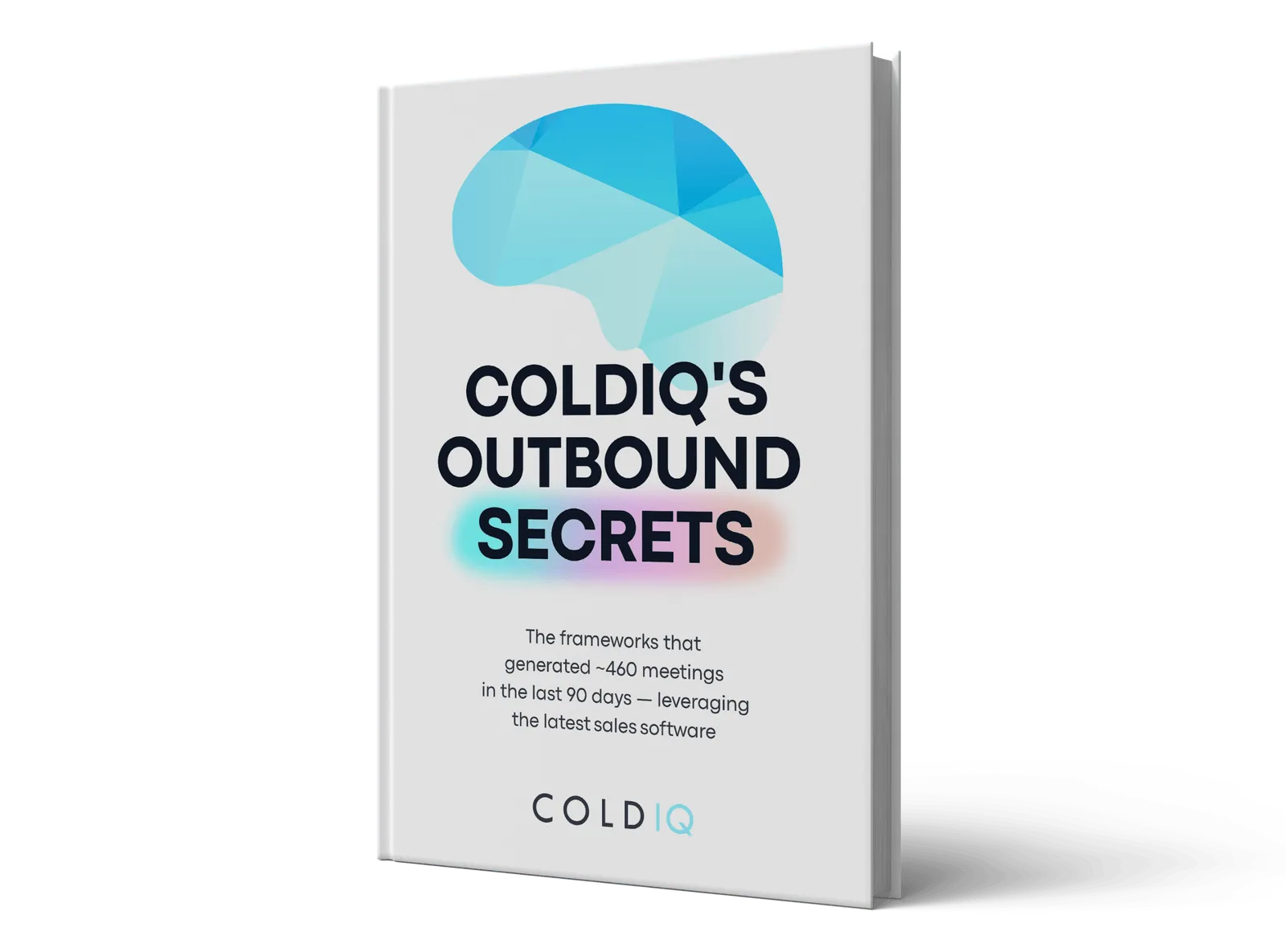
.svg)
.avif)
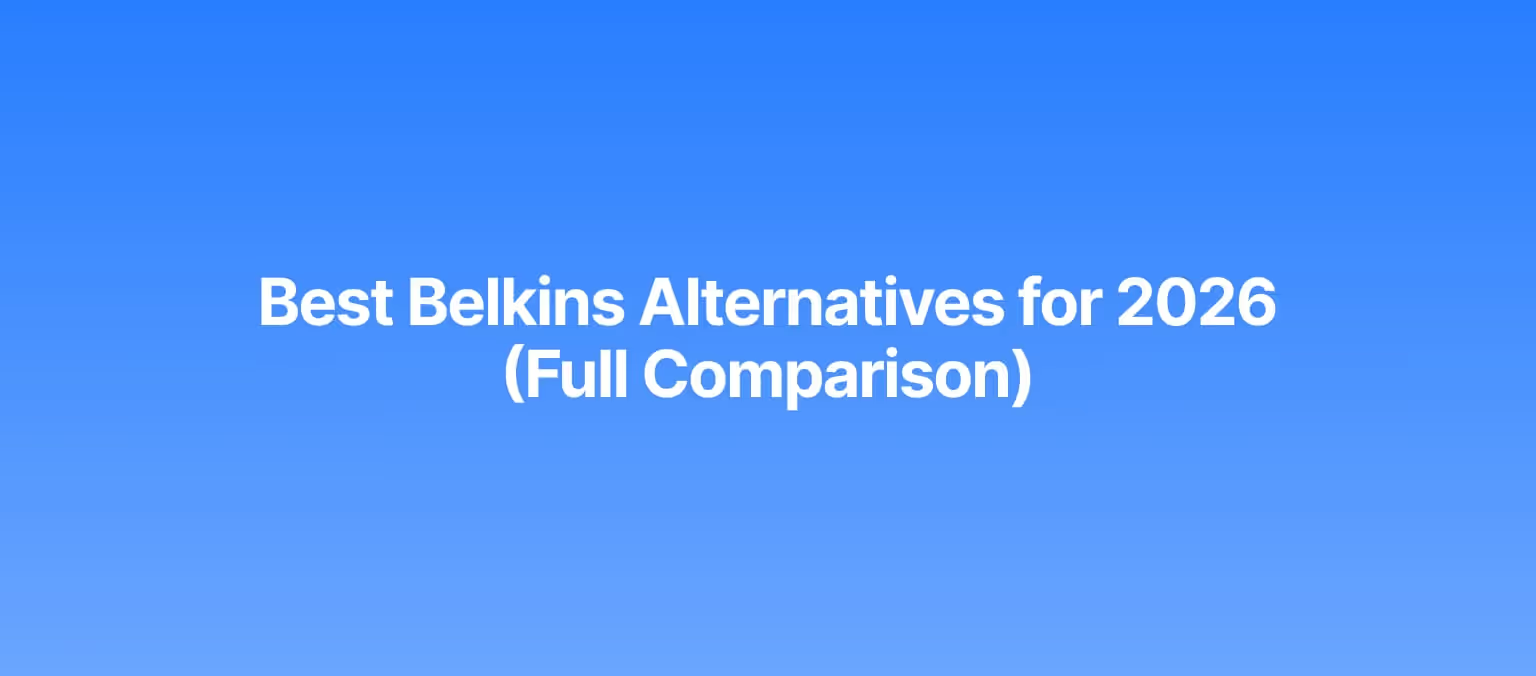


.avif)
